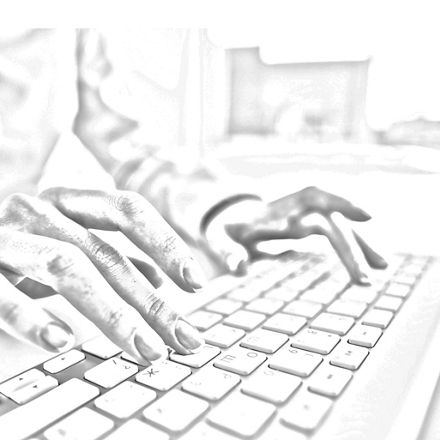In my professional life I have often dealt with gold—not here on earth but in outer space. That’s because everything on earth, even we ourselves, originated in the stars. For example, the carbon atoms in our bodies were produced at some point in the interior of a star. The astrophysical origins of many elements are well understood, but the origins of the heaviest elements, such as gold and platinum, used to be a mystery. According to our reference books, the element gold is created in the course of a supernova— in other words, the explosion of a star.
That used to sound plausible, but in my doctoral dissertation I examined a different theory: namely, that gold is created by the collision of two neutron stars. When two of these ultra-compact dead stars collide, material including a gigantic amount of neutrons is catapulted into space. After a series of many nuclear reactions, various elements are created, including gold. My initial computer simulations already showed that just enough material is generated in order to clearly indicate what processes are taking place in the universe. In physical terms, my theory was completely plausible. Nonetheless, many of my colleagues were skeptical. After all, no one had yet observed such a process “live.”
Over a period of 19 years, I continued to refine my calculations and explain them in lectures. But people continued to be skeptical. On my parents’ 80th birthday, I received a phone call. My colleagues in the USA had observed the flash of light that we had predicted! I suddenly had my proof. It was an incredible feeling. After that, everything happened very fast. I had to interpret measurements, collaboratively publish papers with colleagues, and give interviews. I’ve also been invited to give presentations at many conferences. I think people will believe me now.


